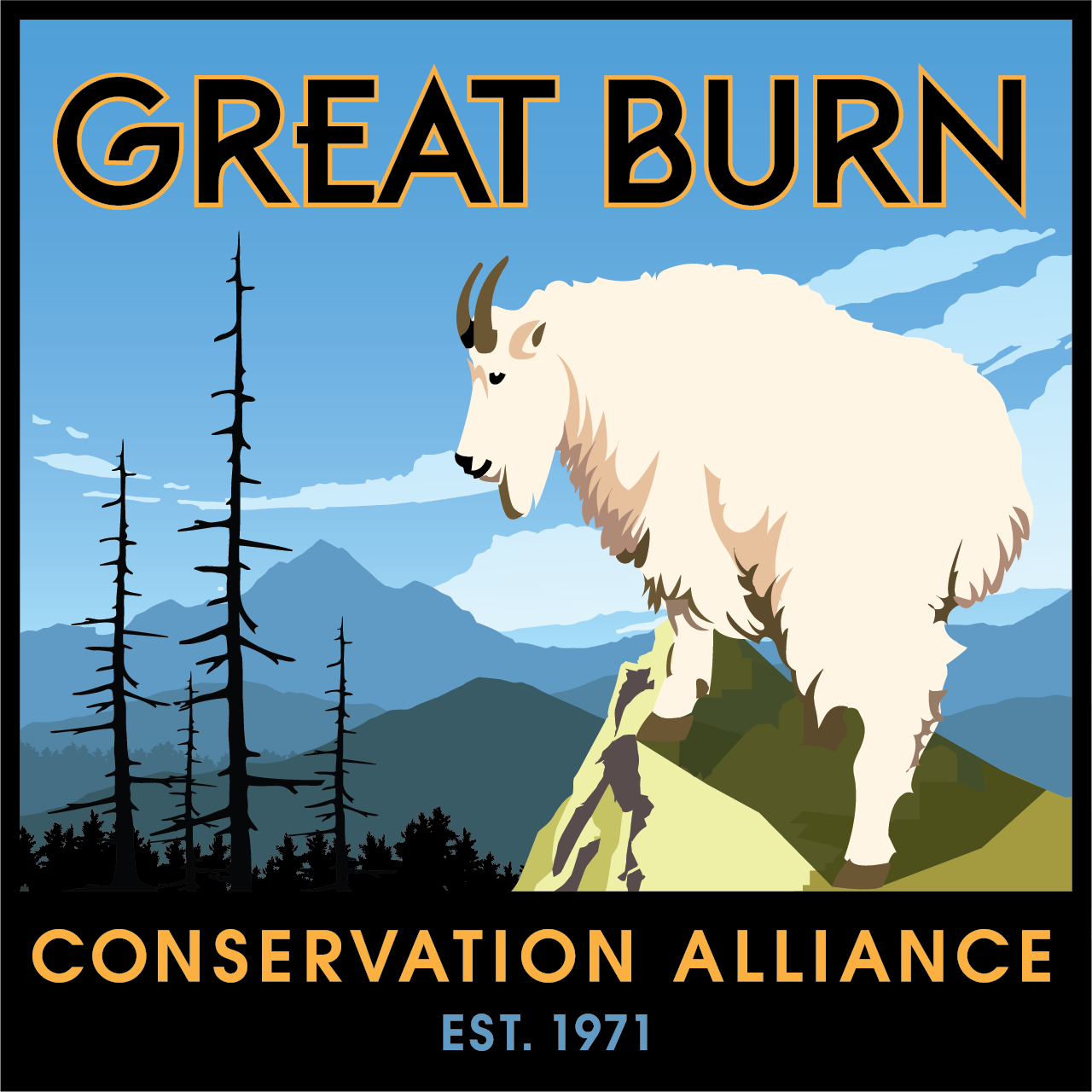“What the heck does that word mean?”
- a glossary to all of your questions -
Roadless Area
Inventoried Roadless Areas (IRAs) make up approximately 30% of National Forest Lands. From the 2001 Roadless Rule, construction of roads, road reconstruction, and timber harvest are prohibited except under specified circumstances. Ward Eagle is an example of a roadless area in our mission area.
Recommended wilderness area
Recommended wilderness is distinct from Designated Wilderness as these are areas of land that have been identified as suitable for future recommendation. The Great Burn has been a Recommended wilderness area since the 1970s.
designated wilderness area
An area designated under the Wilderness Act of 1964. Wilderness is undeveloped land retaining its primeval character without permanent improvements. These areas are protects and managed to preserve these natural conditions. Today, there are 803 wilderness areas covering more than 111.7 million acres that are part of the National Wilderness Preservation System.
Wild and Scenic River
Designated under the Wild and Scenic Rivers Act, the river segment must be free-flowing and possess a remarkable scenic, recreational, geological, fish and wildlife, historical, cultural, ecological or other value.
Motorized Travel
Trails open to motorized use are typically multi-use trails. Depending on the trail, it could be open to singletrack motorbikes, or OHVs up to 50”. Be sure to check local restrictions with the Forest Office before heading out.
mechanized travel
Mechanized travel includes all motorized travel as well as human-powered bicycles. This kind of transport includes anything that is propelled by a non-living power source that is carried or contained within the device.
Off Highway Vehicle (OHV)
A motorized vehicle capable of cross-country travel. Most OHV trails allow for up to 50” width.
Endangered Species
A species that is in danger of extinction throughout all or a significant portion of its range. These are listed under the Endangered Species Act of 1973.
Threatened Species
These species are likely to become endangered within the foreseeable future within the foreseeable future throughout all of a significant portion of their range. An example in our area is the Wolverine.
Species of Conservation Concern (SOC)
Species for which management may be necessary to prevent listing under the Endangered Species Act. An example of an SOC in the Great Burn is the Fisher.
Endemic Species
A plant or animal that is only present in a specific region or area. Their distribution is rather limited. There are many endemic species in the Great Burn area due to its high precipitation comparatively to the surrounding area.
Keystone Species
A species whose role is integral in ecosystem function. An example of a keystone species is the American Beaver.
Noxious Weeds
These are aggressive and difficult to manage and has adverse effects on the natural environment. Some of the noxious weeds present in this area include Spotted Knapweed and St. Johnswort.
